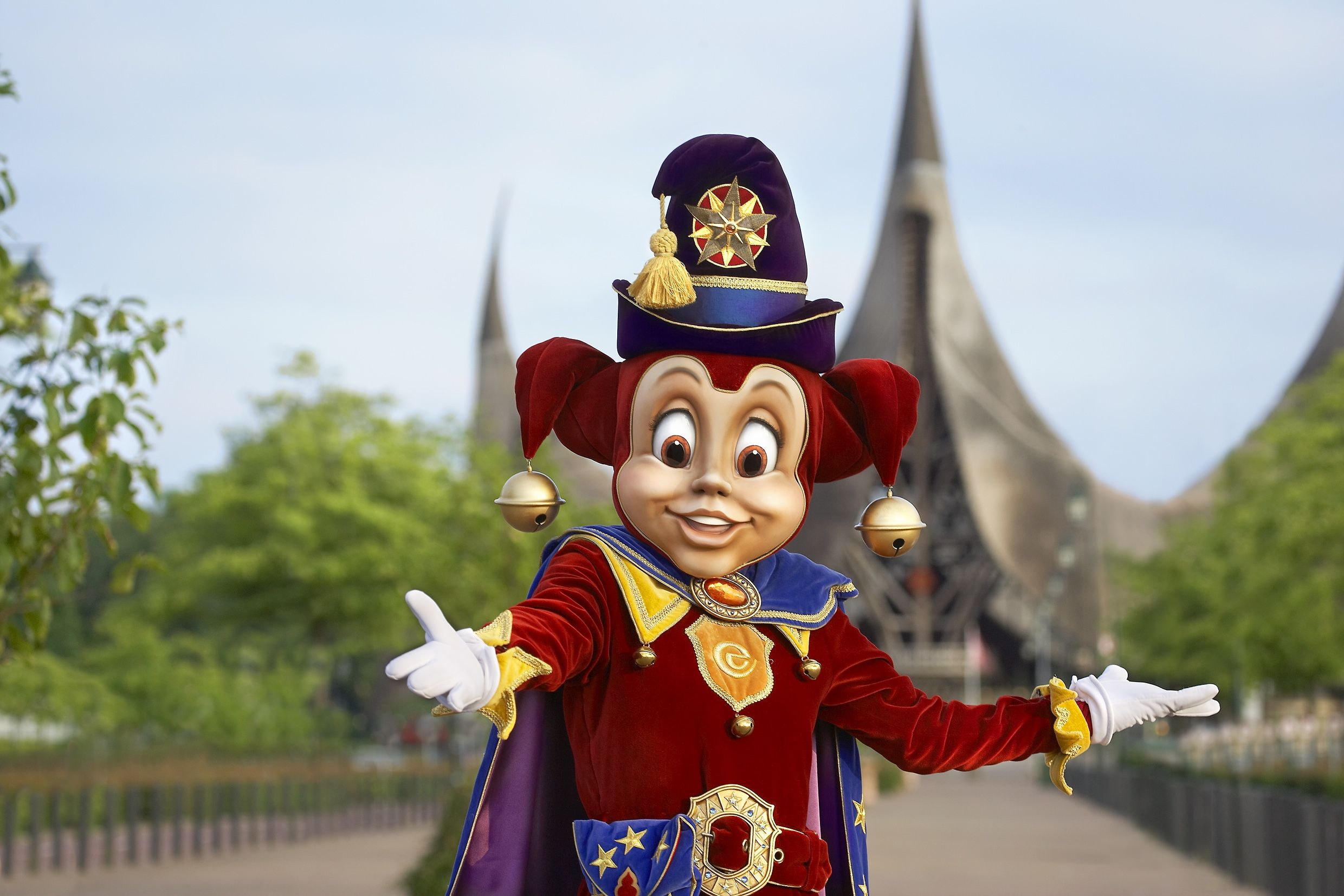
The use of images or other visual elements, such as light or animation tools, to tell stories or get a message across is referred to as visual storytelling. This technique is applied to create immersive experiences that help people escape reality for a minute and go to a new world. Many theme parks, like Disneyland and Efteling, are very successful with this and are known for this ability. This can be seen in the design of the attractions, the use of mascots, the application of modern technology like animatronics, etc.

Pardoes welcoming guests to Efteling (Arwa Shahin)
Zooming in on the mascots and other characters that are part of most theme parks, it is important to state that these characters essentially embody the stories that they and the park are trying to tell (Durant et al., 2012). That is why these mascots play such a vital role in the storytelling of theme parks. In addition, interaction with the guests is another reason why characters are important. They transform visitors from passive observers to active participants. Through these interactions, deep emotional connection can be formed between theme parks and their guests.
The use of traditional and modern elements is another aspect of visual storytelling (Lukas, 2022). Efteling is a good example of this, because this park tells the story of classic fairytales, like Little Red Riding Hood, with the help of modern technologies and innovative attractions. This combination immerses the guests into a new world and makes them part of the story. In short, the use of visual storytelling helps with fostering an emotional connection between theme park and their visitors, letting them escape the real world for a few minutes. In this way, visiting a theme park rises above simple entertainment and turns into an unforgettable experience.